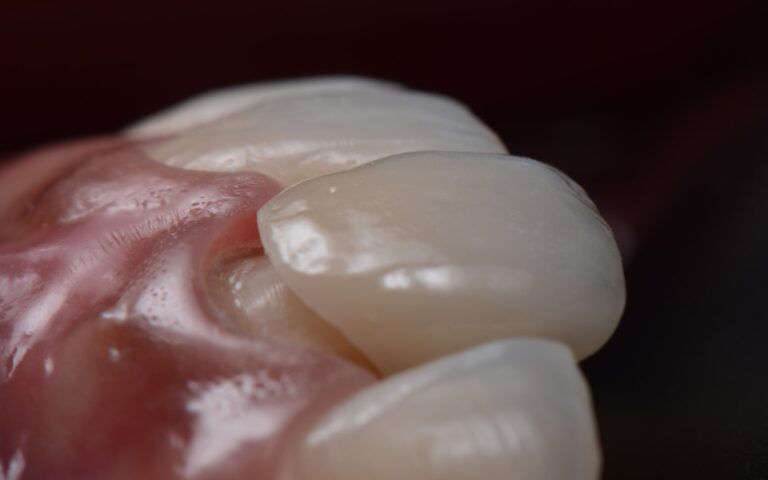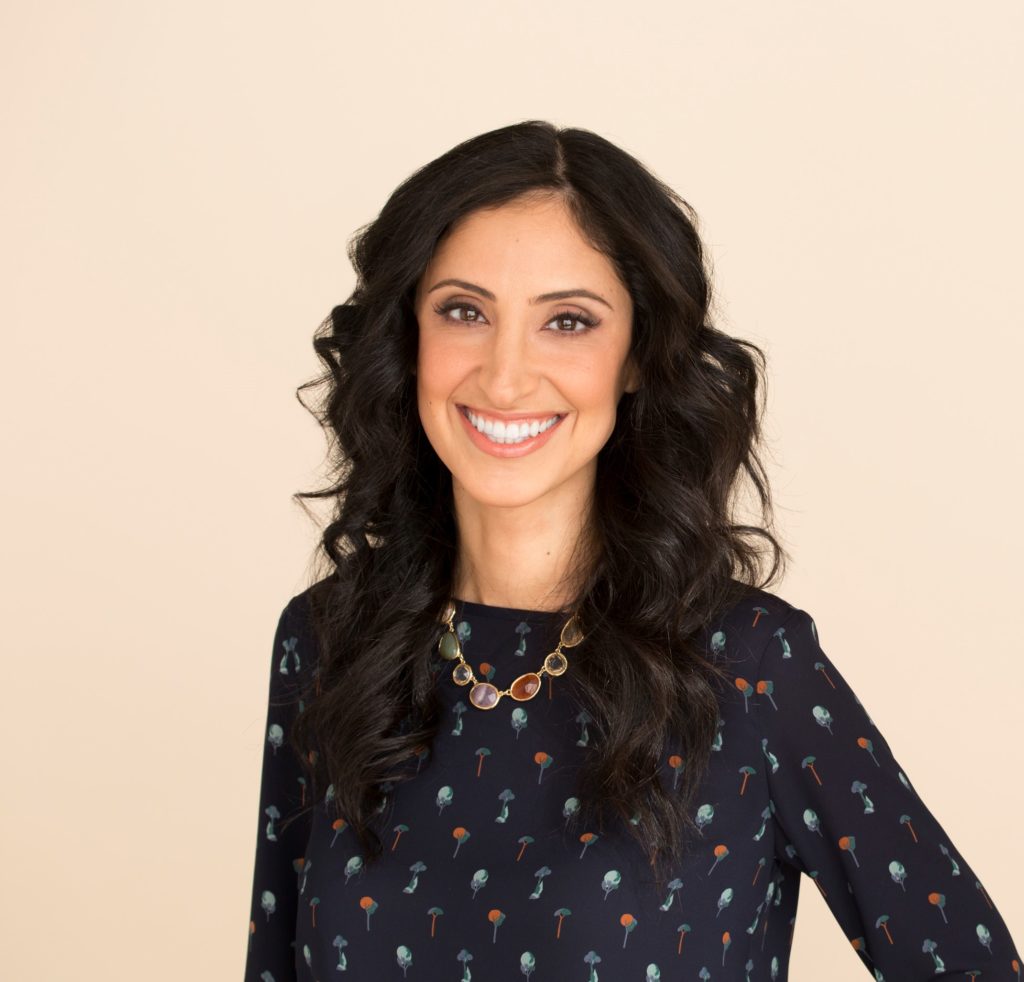When Orthodontic Treatment Becomes Necessary For Oral Health

A medical practitioner’s central goal is to improve their client’s health. Dentists work hard to help their patients maintain a smile that’s healthy for a lifetime. One of the core principles of this pursuit is ensuring that the patient retains all their teeth. At a time, extraction was a central part of any dental healthcare plan. Tooth decay would advance to a certain point, and then it was time to remove the tooth. Modern dentistry doesn’t take this approach. Today the focus is on preserving healthy tissue and building a beautiful smile. This is often accomplished with the help of orthodontic appliances.
When Orthodontic Treatment Becomes Necessary For Oral Health
When a patient has lost a tooth and has severe malocclusion, they commonly have to pick between two treatment approaches. The question becomes, “Do I have my misaligned teeth repaired first? Or do I have the restoration work performed on my missing tooth?” The answer typically begins with restoration work, but the goals set by yourself and the dentist may change this. Cases like the above often involve several specialists working together. Each will have a different role in producing the desired outcome and their input on how to proceed.
While this may sound confusing, it comes with many benefits. You’ll have multiple experts consulting on your case, each with a thorough understanding of their specialty. Together they’ll be able to build a treatment plan that can address your concerns. They’ll also know which order is going to be best. Your orthodontist will determine their position by which procedures will be used. This involves considering the other factors that may be influencing your case. These can include:
- Insufficient Room: Malocclusion can result in there being insufficient room for your teeth to coexist healthily. This may be true even after a tooth has been extracted. When this is true, your orthodontist will have to correct the dental alignment to determine if there will be enough room for the final implant.
- Temporary Alternative: Braces can be an awkward affair for patients of any age. It’s common for adults to feel as though these appliances are only for children. Having braces themselves may make them feel insecure about their appearance. Thankfully, there are temporary options they can use that are less prominently visible. One example is clear aligners.
- Implants Can’t Be Repositioned: Unlike your natural teeth, your dentist can’t reposition dental implants once they’re put in place. If you’re set to receive implants, they must address the malocclusion first to ensure that they are set properly.
Speak To Your Orthodontist For More Information
Your orthodontist will be your best source of information about how to proceed. They’ll assess your case and determine if implants will be the right option for you. Further, they’ll let you know whether they’ll need to perform orthodontic realignment before placing the implant. Call them for a consultation and start your journey to a beautiful smile.

Recent Comments